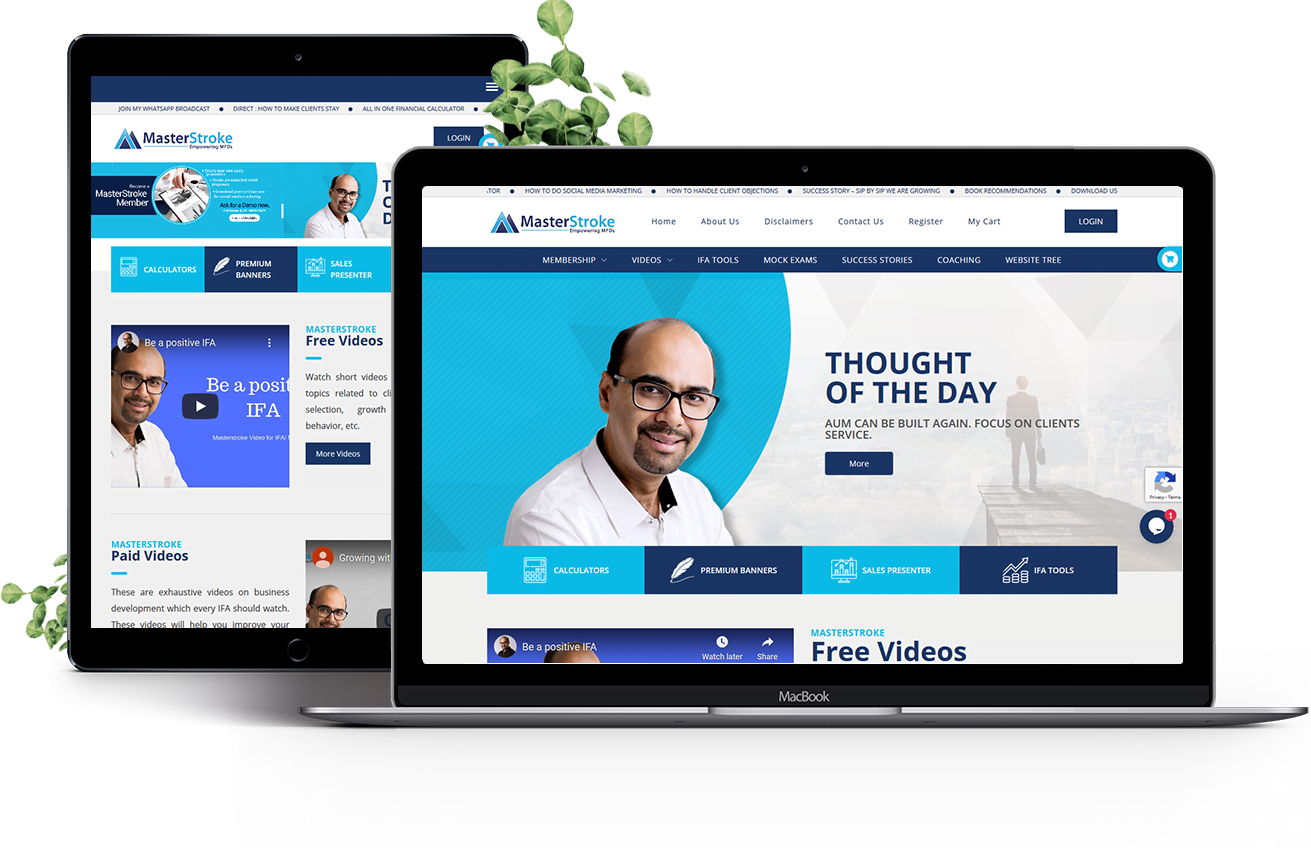
4 aspects you should keep in mind while getting a website done
01
It is mobile-optimized
Which simply means it is friendly to all hand held devices.
02
It is fast loading
Larger image sizes may result in larger loading time. Optimisation of images on your website makes it fast loading.
03
Remove unnecessary content
Your website should have relevant and crisp content and data so that a visitor does not have to sift through irrelevant information.
04
Use latest technology
Ensure it is built using latest technology. You do not want to become obsolete and end up getting the same redeveloped sooner than you thought.



















